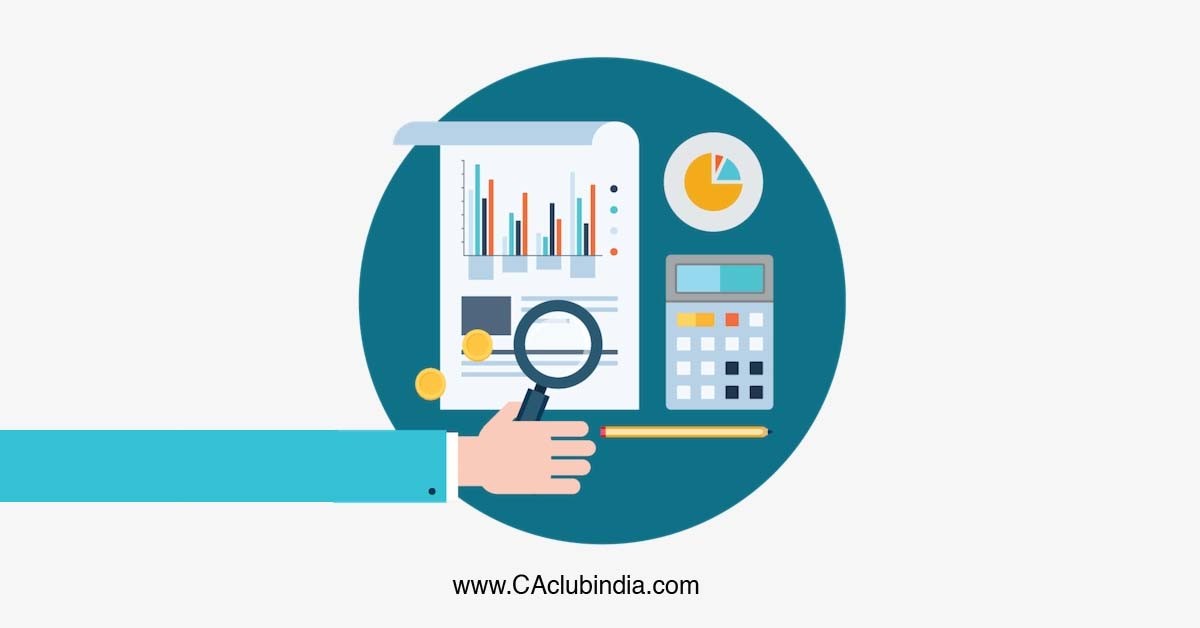In the realm of income tax, the choice between the old and new tax regimes holds significant weight, especially for those falling within certain income brackets. While the new tax regime boasts lower rates, the allure of the old tax regime persists for numerous taxpayers owing to its array of exemptions and deductions. Let's delve into when opting for the old tax regime could be advantageous.
Deciding Between Tax Regimes: Which Suits You Best?
Under the new tax regime, individuals with an income of up to Rs 7 lakh face zero tax liability. Moreover, salaried individuals benefit from a standard deduction of Rs 50,000, translating to no tax on taxable income up to Rs 7.5 lakh. However, for incomes surpassing this threshold, taxation applies to the entire income, albeit at a reduced rate.

Old vs. New Tax Regime: Weighing Your Options
The new tax regime, while offering lower tax rates, entails fewer deductions and exemptions, necessitating a careful consideration of your tax liability under both regimes. Factors influencing this decision include individual income levels, available deductions, investment preferences, liquidity needs, and emergency funding requirements.
Leveraging Deductions: The Strength of the Old Tax Regime
Dual Benefit of Tax Saving and Investment: Unlike the new tax regime, the old tax regime incentivizes regular investments, fostering tax savings. Deductions under Section 80C allow for up to Rs 1.5 lakh, significantly reducing taxable income.
Affordable Financial Protection: Deductions on life insurance premiums (up to Rs 1.5 lakh under Section 80C) and health insurance premiums (up to Rs 25,000 for self, spouse, and children, plus Rs 50,000 for senior citizen parents) offer substantial savings.
Reducing Taxable Salary with Retirement Savings
Contributions to NPS through employers provide an avenue to lower taxable income, with broader tax-saving opportunities under the old tax regime.
- Extra Tax Saving for Retirement through NPS: Section 80CCD (1B) allows an additional Rs 50,000 investment in NPS, augmenting tax deductions beyond the Rs 1.5 lakh limit.
- Saving on Higher Income with Eligible Allowances: HRA and LTA present avenues for significant tax savings, particularly for metro dwellers, by reducing taxable income.
- Cost-Effective Asset Acquisition: Home loan interest deductions under Section 24(b) (up to Rs 2 lakh annually) ease the burden of home ownership.
- Numerous Deductions and Exemptions: From donations (Section 80G) to savings account interest (Section 80TTA), the old tax regime offers an extensive array of deductions tailored to specific circumstances.
- Wealth Building through Tax Savings: For those eligible for substantial deductions, sticking to the old tax regime can result in considerable tax savings, fostering wealth accumulation.
Cautionary Considerations in Tax Regime Selection
While the old tax regime presents compelling advantages, caution is warranted, especially concerning regime switches. Restrictions on changing regimes apply, particularly for taxpayers deriving income from businesses or professions.
By carefully assessing personal financial situations and long-term goals, individuals can make informed decisions regarding which tax regime aligns best with their needs. This holistic approach ensures that tax planning is tailored to maximize benefits and optimize overall financial outcomes. By meticulously evaluating available deductions and exemptions, taxpayers can navigate the tax landscape effectively, optimizing savings and financial well-being.






 CAclubindia
CAclubindia
